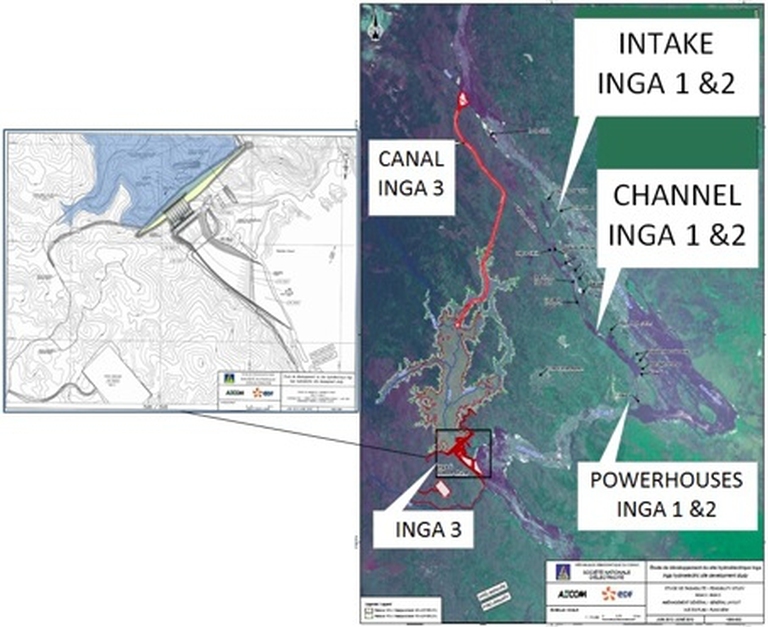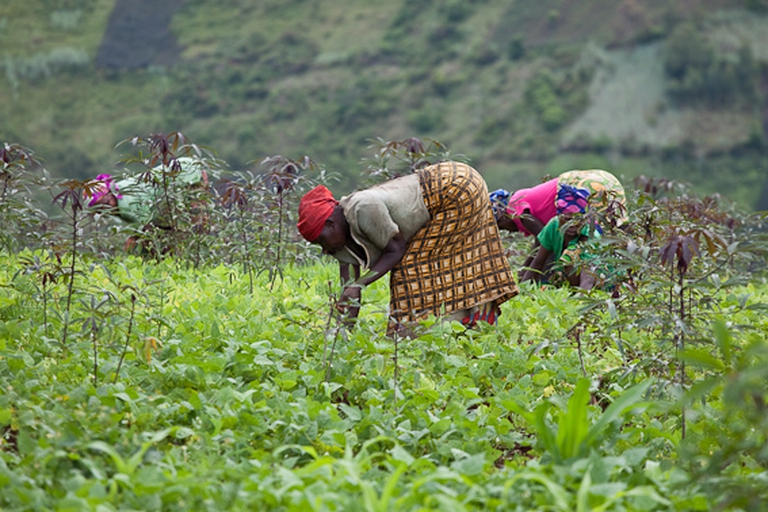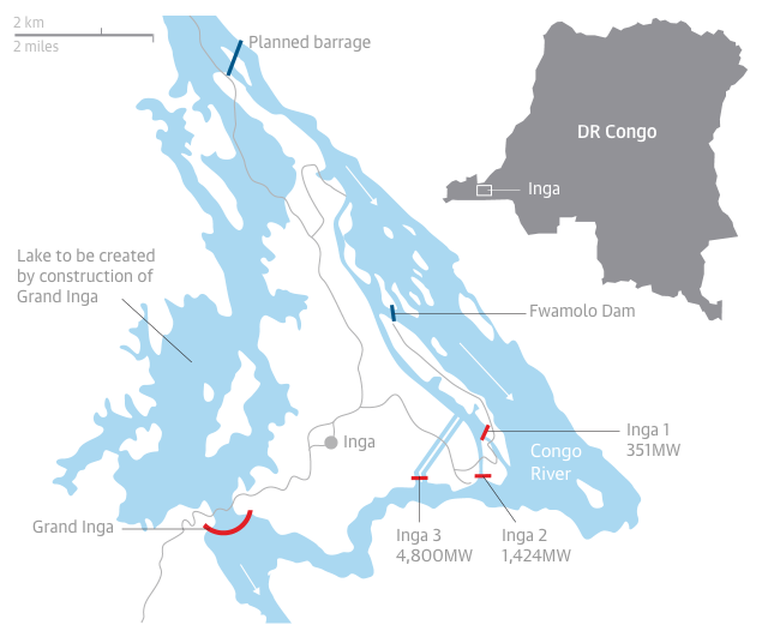
A group of experts in Tokyo suggested pouring radioactive water from Fukushima into the open sea. A marine biochemist explains the consequences of this absurd decision.
The Inga 3 project involves the construction of a large dam and a 4,800 megawatt hydro-electric plant spanning a channel of the vast Congo River, the world’s second largest by volume, at the Inga Falls. The 14 billion dollar project is being fast-tracked by the Democratic Republic of Congo (DRC)’s government. The Inga 3 Hydropower Project According
The Inga 3 project involves the construction of a large dam and a 4,800 megawatt hydro-electric plant spanning a channel of the vast Congo River, the world’s second largest by volume, at the Inga Falls. The 14 billion dollar project is being fast-tracked by the Democratic Republic of Congo (DRC)’s government.
According to the plans, the mega-dam will initially be built low (Inga 3 “Basse Chute” or low head) and progressively increased in height (“Haute Chute”) as the project proceeds to the next phase, eventually flooding 22,000 hectares of land as well as the original diversion canal. The outflow from the turbines will enter the Congo River about 30 kilometres downstream of the falls.
California-based NGO International Rivers says Inga 3’s two components are expected expected to displace about 35,000 people – 10,000 for Inga 3 “Basse Chute” and 25,000 for Inga 3 “Haute Chute” – as well as greatly affect the river’s fish supplies.
Campaigners also argue that the power to generated by the hydro-power project will travel long distances to reach the DRC’s industrial mines and power lines will be stretched more than 5,000 kilometres all the way to South Africa passing through Zambia and Namibia. The result will be that the over 90 per cent of the DRC’s population that isn’t served by the nation’s limited grid will be bypassed.
Other critics argue that the construction of the dam, which was first proposed in the early 1950s, will cause a decline in biodiversity, an increase in waterborne disease and violate national laws and international guidelines on dam construction.
Yet those who have supported the construction of the Inga 3 Dam maintain that it will bring economic development and sufficient energy to the impoverished African country. Inga 3 is the “only solution” to DR Congo’s energy problems and would even allow it to export electricity, says Bruno Kapandji, in charge of the agency for the development and promotion of Great Inga. “As Congolese we have no choice but to build Inga 3,” he reiterated.
The two rival consortiums, one led by China’s Three Gorges Corporation and the other by Spanish engineering giant Actividades de Construction y Services (ACS) have submitted their final bids to be selected as Grand Inga’s developers. Construction is likely to begin 2017.
Siamo anche su WhatsApp. Segui il canale ufficiale LifeGate per restare aggiornata, aggiornato sulle ultime notizie e sulle nostre attività.
![]()
Quest'opera è distribuita con Licenza Creative Commons Attribuzione - Non commerciale - Non opere derivate 4.0 Internazionale.
A group of experts in Tokyo suggested pouring radioactive water from Fukushima into the open sea. A marine biochemist explains the consequences of this absurd decision.
A federal court in Washington, D.C. has struck down the Dakota Access Pipeline, following years of campaigning by the Standing Rock Sioux tribe.
The Scottish island of Eigg is self-sufficient for its energy needs, relying almost entirely on renewable sources, especially thanks to a coordinated community effort.
President Magufuli in unmovable in going ahead with the Stiegler’s Gorge dam despite conservationists’ warnings of the damage it will cause the Selous Game Reserve’s ecosystem and wildlife.
A large dam along the Luangwa River in Zambia would have posed a serious risk to local people and wildlife, leading hundreds of thousands to oppose it. A call to which the government responded by halting plans to build it.
The first one megawatt solar power plant in the Chernobyl exclusion zone has become operational. This is the first step in a renewable energy development project promoted by the Ukrainian government in the area.
A tanker exploded at a gas and petrol station in Nigeria’s Nasarawa state on the 10th of September, killing 35 people and leaving some burned beyond recognition; 3 citizens had several spine and brain injuries, 2 of them are still on Intesive Care Units. Fela Habila , a local singer, is now stable and out of danger but
The largest tidal power plant in the world will be built in the Larantuka Straits. It will serve 100,000 people and help overcome some of the challenges of energy provision in Indonesia.
Robben Island’s solar energy micro-grid project will produce almost one million kilowatt hours of electricity annually, significantly reducing the cost and impact of buying diesel.











